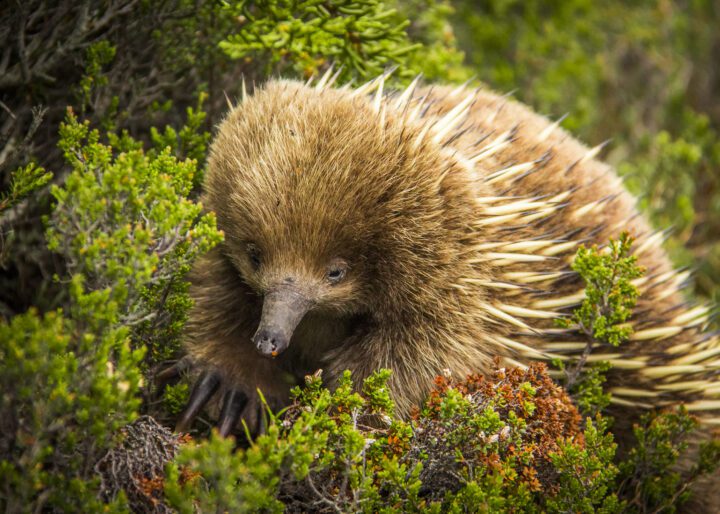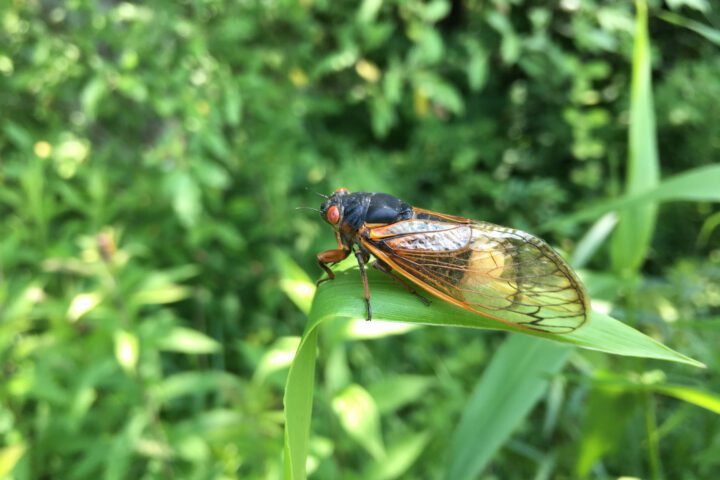Regulate Reproduction or Growth
Reproduction and growth are two physiological processes that occur in all living systems. There are situations when conditions are right for both, and other situations when continuing either harms the living system because both have a very high energy cost. Reproduction and growth are unique in that both can stop until conditions improve, although stopping either for an extended time can cause problems. An example of regulating reproduction is a process called delayed implantation or embryonic diapause found in some mammals, such as otters. An otter’s embryos sometimes temporarily cease developing and won’t develop further until the female senses that conditions are suitable.
Protect From Loss of Liquids
Water is essential to life. Liquids, mostly water, make up 70 to 90% of all living systems, and the loss of even a small percentage can mean the difference between life and death. Living systems must maintain a proper liquid balance, which is especially difficult in dry conditions. To do so, they must control the movement of liquids across their boundaries. Living systems do this using structures or waterproof materials to prevent or slow liquid movement. For example, when humans receive a cut, they must limit blood loss. Scattered throughout the bloodstream are lens-shaped structures that serve to plug the wound.





